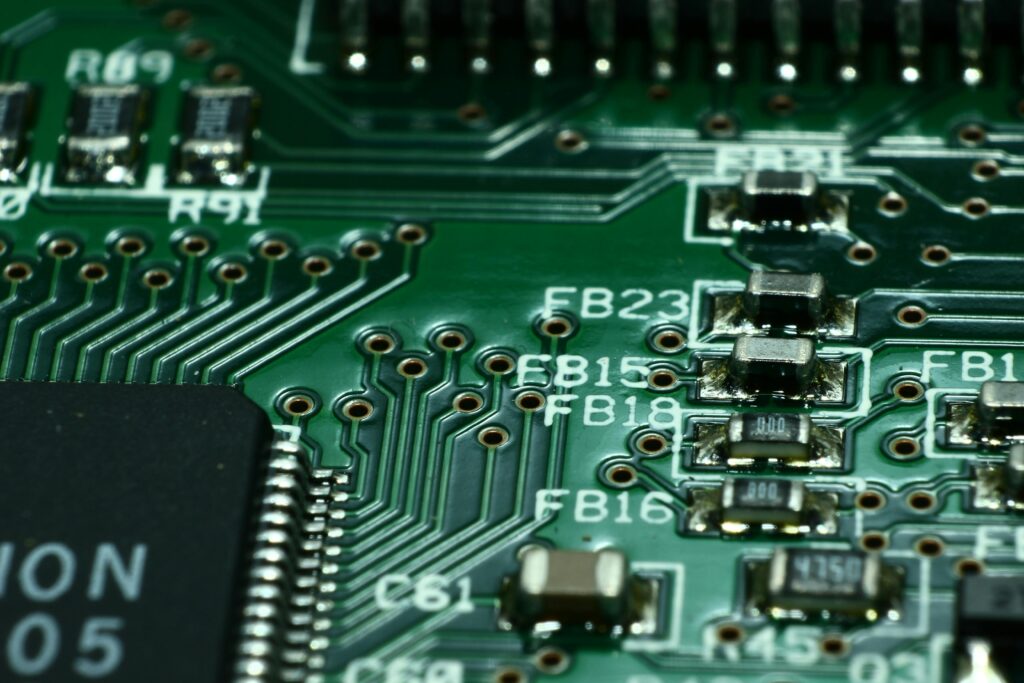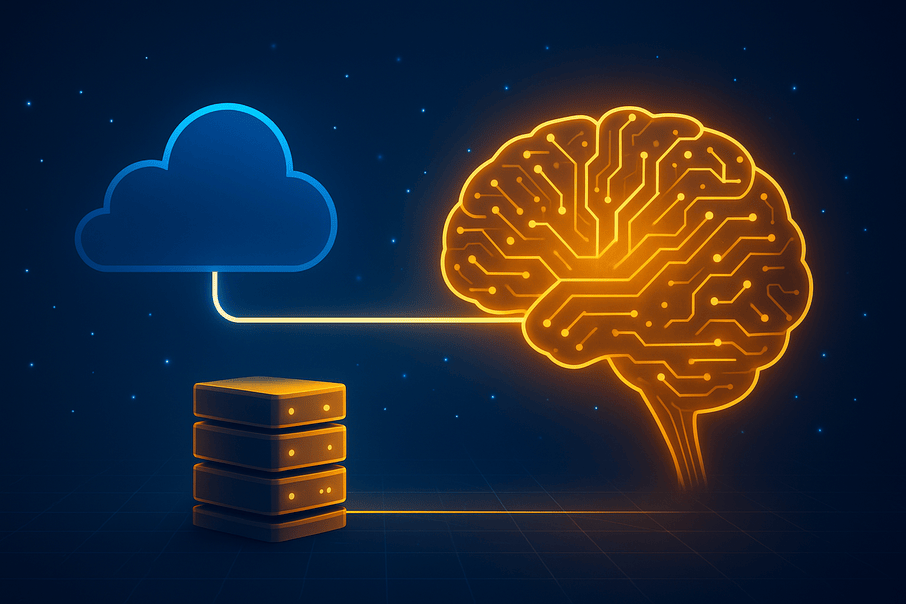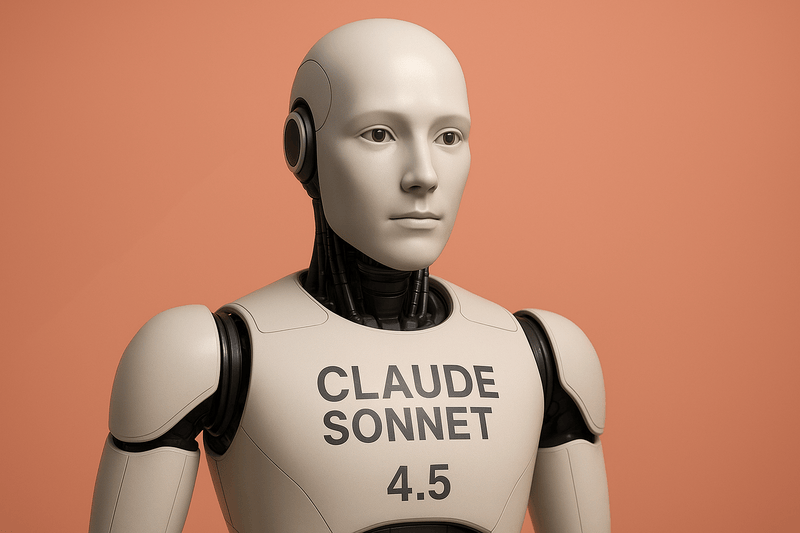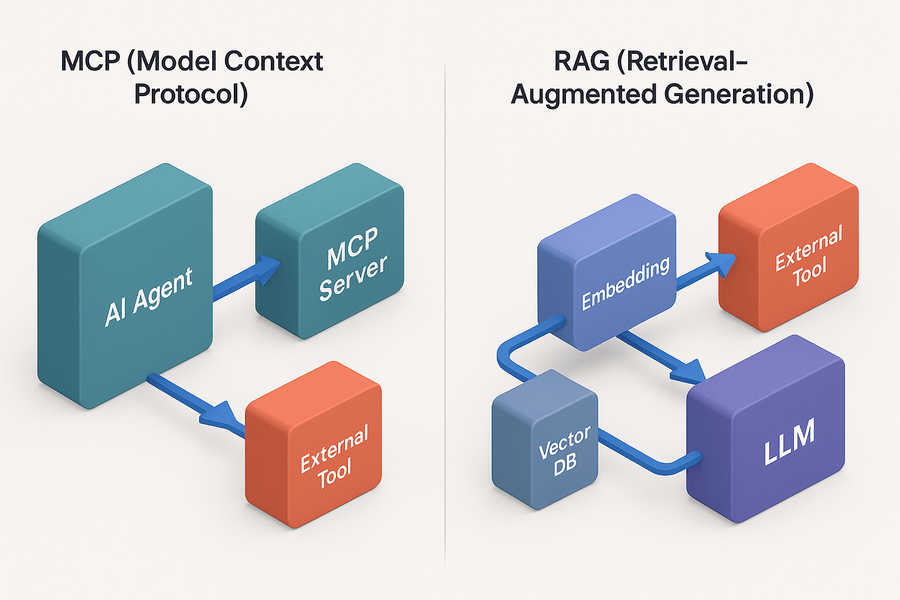We are familiar with the CPU (Central Processing Unit), the oldest kid in the block of system processing. We have also heard about GPUs, not a new concept but one that has recently gained more traction as the application of AI across various endeavors continues to grow. There is a previous post that speaks to the comparison between CPU and GPU and the unique workloads they are designed for. Since there is already a GPU for handling AI-related workloads, why do we still need an NPU?
What is NPU?
NPU is an acronym for Neural Processing Unit. Borrowing the name from Neural Networks, which is a concept in Machine Learning. It is known as an AI accelerator hardware purposely built for AI-based workloads such as machine learning, artificial neural networks (ANN), and computer vision.
AI accelerators are specialized hardware designed either for efficiently running pre-trained AI models (inference) or for training new models. They are used in applications like robotics, the Internet of Things (IoT), and tasks that rely heavily on data or sensors. These accelerators often feature many processing cores and prioritize low-precision arithmetic, innovative dataflow structures, or computing directly in memory. By 2024, standard AI chips will typically contain tens of billions of MOSFET transistors.
These chips are integrated into mobile devices such as Apple iPhones and Huawei smartphones, as well as in personal computers, including Intel and AMD laptops and Apple’s Macs with Apple silicon. In cloud computing, they power services with chips like Google’s Tensor Processing Units (TPUs) and Amazon’s Trainium and Inferentia. Numerous vendors have their branding for these devices, and the field remains in flux, with no single standard design prevailing yet.
How does NPU compare with GPU?
The following point explains the differences and similarities between NPU and GPU
Certainly! Here’s the comparison in itemized format, with each feature from the table used as a subheading:
Primary Purpose
NPU: Specifically designed for accelerating AI and machine learning workloads, particularly inference and sometimes training.
GPU: Originally built for graphics rendering, later adapted to handle general-purpose computing and AI workloads.
Architecture
NPU: Optimized for AI with specialized architectures like tensor engines and dataflow processing.
GPU: Uses SIMD (Single Instruction, Multiple Data) architecture, well-suited for parallel processing of large data sets.
Precision Support
NPU: Commonly supports low-precision formats such as INT8, INT4, and bfloat16, which are ideal for efficient inference.
GPU: Supports a broader range of precisions (FP32, FP16, INT8), though not always as efficient at lower precisions as NPUs.
Performance (AI Tasks)
NPU: Highly efficient for inference tasks, offering fast execution with low power usage.
GPU: Delivers strong performance for both AI training and inference, but at the cost of higher energy consumption.
Power Efficiency
NPU: Extremely power-efficient, making it suitable for mobile, wearable, and edge computing environments.
GPU: Consumes more power, better suited for high-performance systems like desktops and data centers.
Use Cases
NPU: Found in smartphones, autonomous vehicles, smart cameras, IoT devices, and other edge AI applications.
GPU: Commonly used in gaming PCs, workstations, data centers, and cloud platforms for AI training and graphics.
Programmability
NPU: Typically requires vendor-specific development tools or SDKs (e.g., Apple Core ML, Huawei CANN).
GPU: Well-supported by major AI/ML frameworks and open standards such as CUDA, ROCm, TensorFlow, and PyTorch
Flexibility
NPU: Task-specific and optimized for neural network operations; less suitable for general-purpose computing.
GPU: Highly flexible, capable of handling a broad range of parallel computing tasks beyond AI.
Latency
NPU: Offers low-latency processing, making it ideal for real-time AI inference in edge and mobile scenarios.
GPU: May have higher latency compared to NPUs, especially in embedded or mobile contexts
Examples
NPU: Apple Neural Engine (ANE), Google Edge TPU, Huawei Ascend NPU.
GPU: NVIDIA RTX/GeForce, AMD Radeon, and Google TPU (functionally similar to GPUs in the cloud).
Conclusion
NPUs are specifically designed for AI-based workloads, and they hold great potential in improving their speed. But will they topple GPU? The Stargate project, currently being built in the US, is predicted to use thousands of GPUs; should that be replaced with NPUs?





